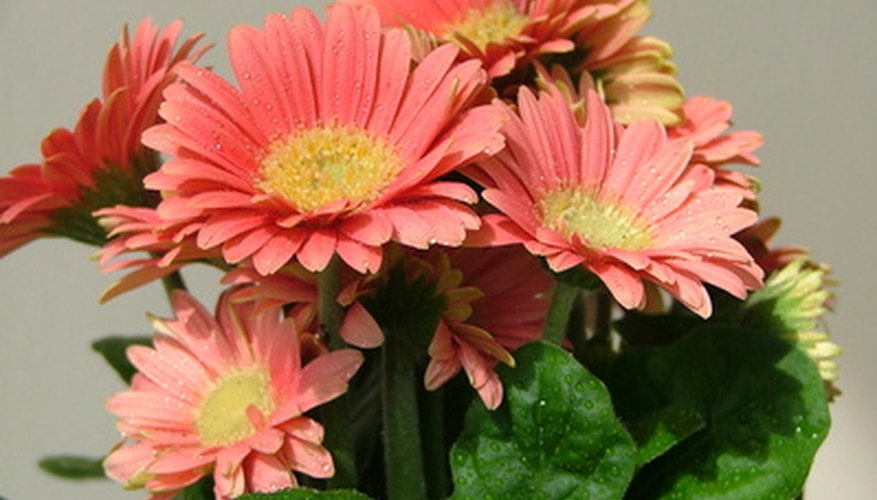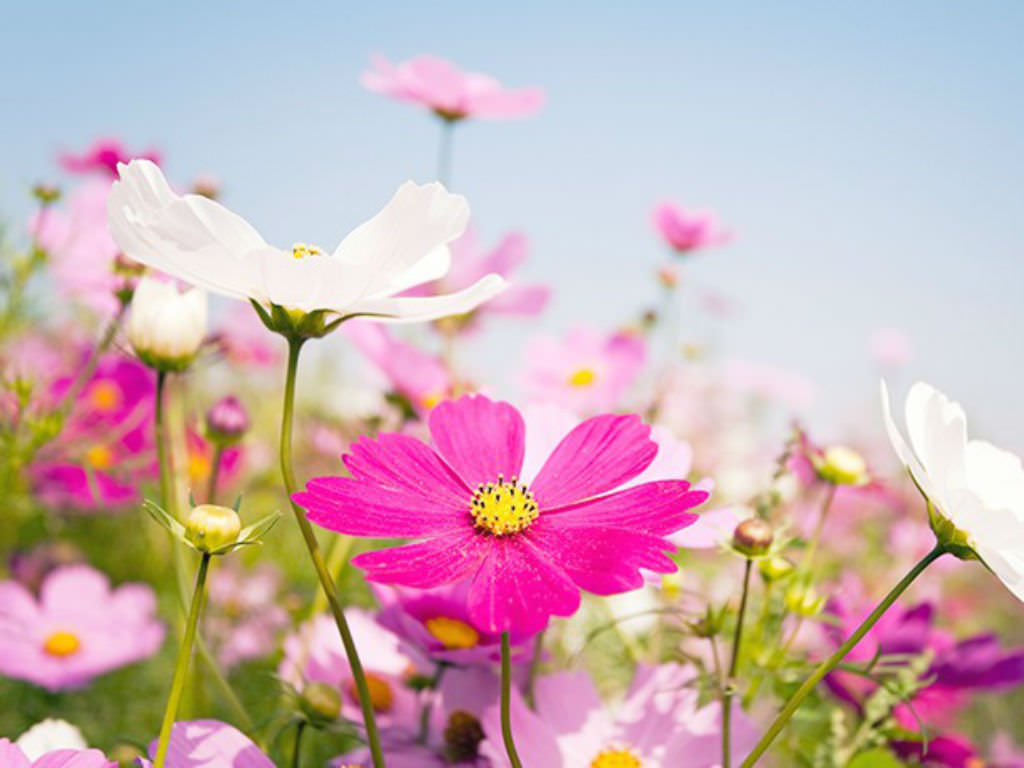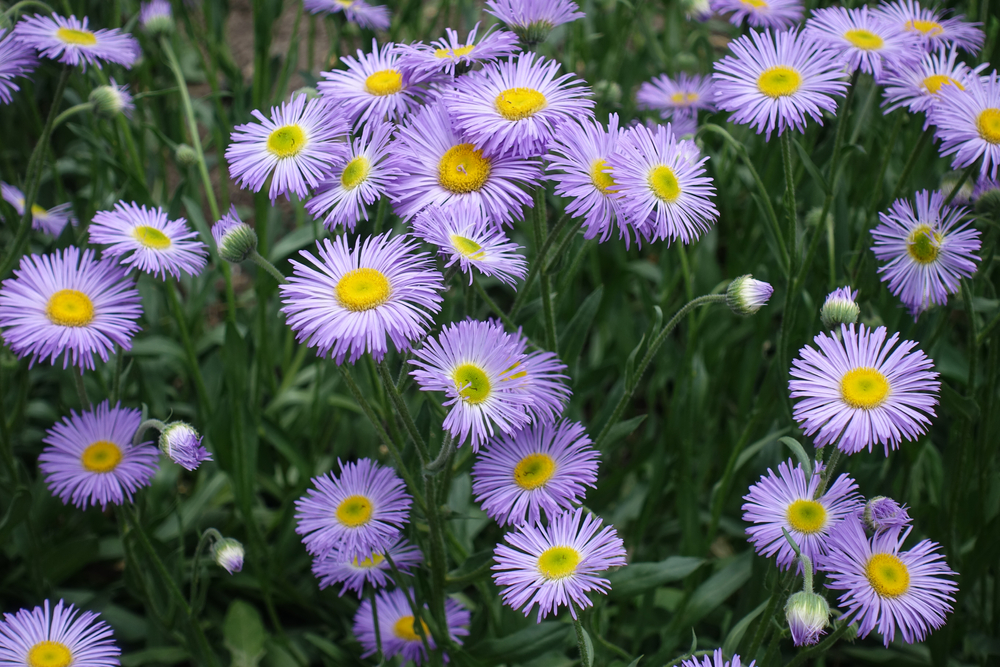
Diverse and delightful daisies are great for your garden Queensland Times
The daisy family, known botanically as Asteraceae or formerly as Compositae, is the second largest plant family in the world after the orchid family. The petals range from violet-pink to white or yellow depending on the species, and they can be arranged horizontally or downward-angled around the cone. Goldenrod

The Daisy is a Species of the Daisy Family Stock Image Image of margritli, daisy 208898463
The family Asteraceae ( / ˌæstəˈreɪsi.iː, - si.aɪ / ), with the original name Compositae, [5] consists of over 32,000 known species of flowering plants in over 1,900 genera within the order Asterales. Commonly referred to as the aster, daisy, composite, or sunflower family, Compositae were first described in the year 1740.

Daisy family.... Daisy, Flowers, Plants
Asteraceae, also known as the aster, daisy or sunflower family, is a vast and diverse group of flowering plants that is found worldwide. Comprising over 1,600 genera and 32,000 species, it is one of the largest plant families globally. The family is characterized by its composite flower heads, which consist of many small flowers tightly packed.

Flower, Plant, Coneflower, Daisy Family Picture. Image 136290003
The Asteraceae family is often called the daisy or sunflower family. It is one of the easiest families to recognize for its distinctive characteristics, in spite of the huge number of individual species. Asteraceae flowers are the most recognizable aspects of this family. The shape and structure of a daisy or sunflower is typical of this family.

Large Genus Of Plants In The Daisy Family Plants BW
The daisy family is spread across the entire globe, from north of the Arctic Circle all the way down to the tropics and Australia. The beginnings of the Asteraceae family are poorly understood. The plants began to emerge at least 100 million years ago when the continents were much closer together than today.

Daisies Wild Flowering Plants Family Chrysanthemums With White Flower Petals
TonyBaggett / GETTY IMAGES. Daisies are members of a plant family called Asteraceae, which comprises more than 20,000 species, including asters, chrysanthemums, marigolds, and zinnias.The most iconic daisy flower has a yellow center with white, ray-shaped petals surrounding it, though other members of this 180-species group of perennials, like gerber daisies, painted daisies, and marguerite.

Flower, Plant, Flora, Daisy Family Picture. Image 116789605
Daisies are a type of flowering plant that belong to one of the largest plant families in the world. The most common type of daisy flowers that most people recognize are the ones with white petals and a yellow center. It is easy to identify most flowers in the daisy family due to their star-shape and elegant petals.

Flowers Of Daisy Family Stock Photo Download Image Now Beauty In Nature, Blossom, Botany
The aster family ( Asteraceae) is one of the largest angiosperm families, with more than 1,620 genera and 23,600 species of herbaceous plants, shrubs, and trees distributed throughout the world. The plants are characterized by their composite flower heads and one-seeded achene fruits.

Plants of the Daisy Family Garden Guides
Asteraceae, the aster, daisy, or composite family of the flowering-plant order Asterales. With more than 1,620 genera and 23,600 species of herbs, shrubs, and trees distributed throughout the world, Asteraceae is one of the largest plant families. endive Endive (Cichorium endivia).

Wallpaper flowers, garden, nature, blossom, daisies, Daisy, flower, flora, petal, meadow
Daisy, any of several species of flowering plants belonging to the aster family (Asteraceae). Daisies are distinguished by a composite flower head composed of 15 to 30 white ray flowers surrounding a center consisting of bright yellow disk flowers, though other color combinations are common.

Violet Blue Fall Flowers of the the Daisy Family. Stock Image Image of aster, flora 130783101
Classification. Kingdom: Plantae. Clade: Angiosperms. Order: Asterales. Family: Asteraceae. There are 20,000 species of herbs, shrubs, flowers, and trees in this family. Plants in this family are found throughout the world in a variety of habitats. Many of the herbs in this in the family grow in moist, temperate, and subtropical areas.

Plants in the Daisy Family World of Flowering Plants
Asteraceae, the daisy family, is one of the largest plant families in the world, with more than 20,000 species. Discover eight essential daisy flowers to grow. Many popular garden plants are part of the Asteraceae family, including echinaceas, rudbeckias, asters (Michaelmas daisies) and dahlias. Some, such as lettuce and artichoke, are edible.

Plants in the Daisy Family Garden Guides
Daisies are flowering plants belonging to the family Asteraceae, which is one of the largest families of flowering plants. There are over 20,000 species of daisies.. What zodiac is the daisy flower? The daisy is often associated with the Taurus zodiac sign, which occurs between April 20 and May 20.

Large Genus Of Plants In The Daisy Family Plants BW
Flowers of the Daisy Family. The prolific daisy family contains many well-known and widespread species: Dandelions. The common dandelion, Taraxacum officinale, is an annual aster plant with two.

Free Images aster, flower, bee, purple, flora, daisy family, flowering plant, annual plant
The family also includes chrysanthemums, zinnias, asters, and sunflowers as well as many common weeds, such as dandelions. However, the daisy species that are best for your flower garden depends on several factors. A daisy that's perfect for one growing zone might be a total pest in another.

40+ Different Types of Daisies (And What They Look Like) PlantSnap
Asteraceae - Daisy, Sunflower, Composite: The most obvious general feature is that the flowers are grouped characteristically into compact inflorescences (heads) that superficially resemble individual flowers. An inflorescence of this family can have more than 1,000 individual florets, and the heads can be grouped into arrangements called capitulescences.